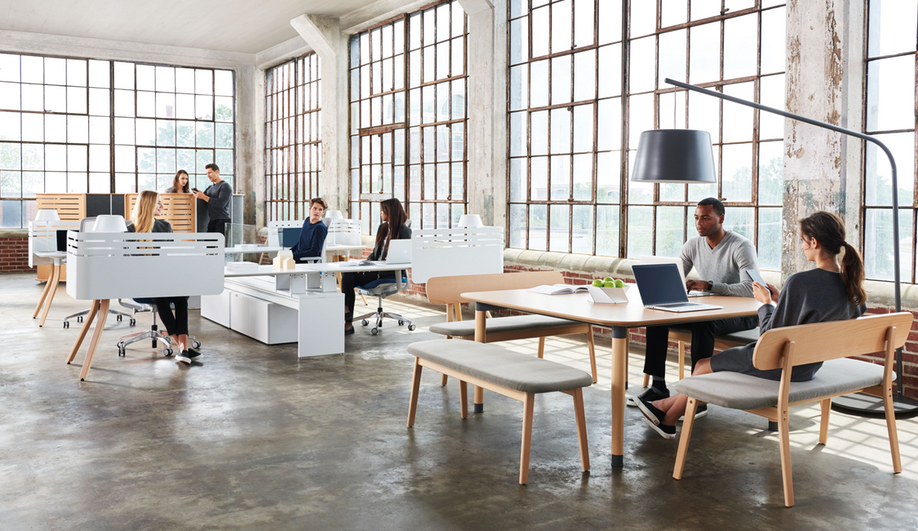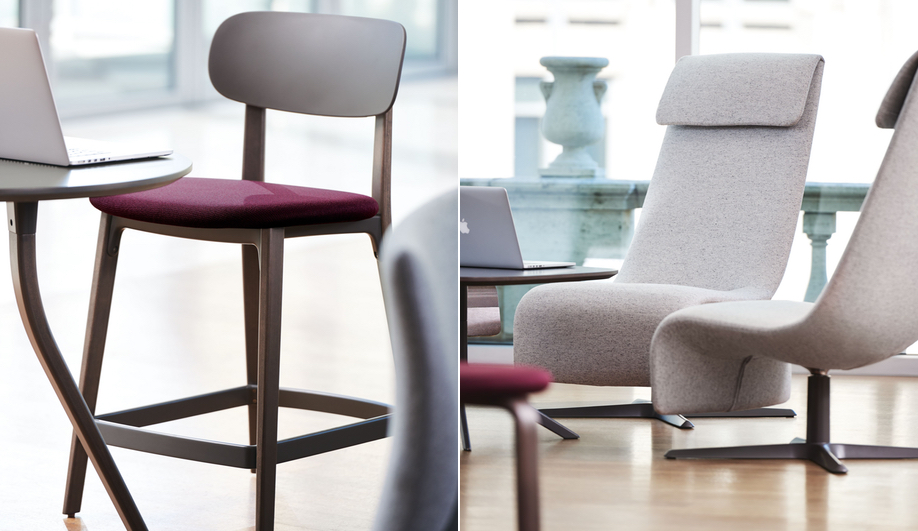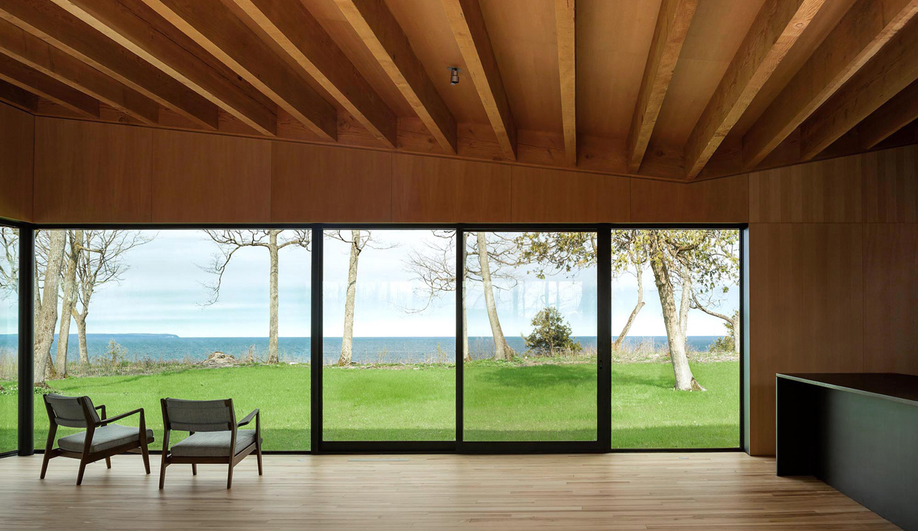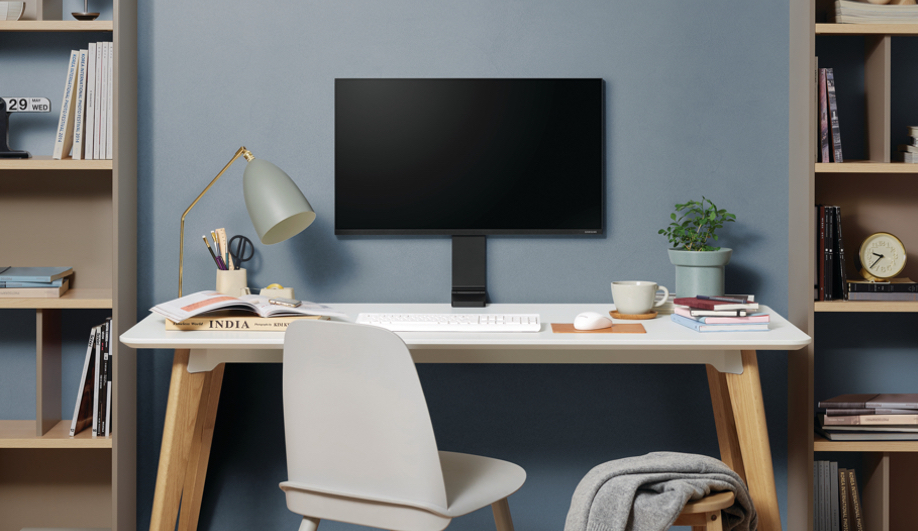
In 2014, Teknion teamed up with Luke Pearson and Tom Lloyd, the duo behind the renowned London-based industrial design firm PearsonLloyd, to explore design concepts that would support new workplace behaviours – such as impromptu gatherings for idea-sharing, brainstorming and feedback. Their creative collaboration resulted in a new furniture collection called Zones.
“We designed Zones to address change in the office landscape from the fixed and formal settings common today to the informal and flexible settings of the future,” says Lloyd. The result is a comprehensive series of furniture products that addresses the needs for focus, collaborative and workshop areas within the office environment.

“Its breadth of offerings across multiple workplace categories, all with a consistent design language, makes it unique,” says Lloyd. “Zones also addresses the growing importance of hospitality spaces as a new form of workplace.”
With a focus on the concepts of community, fluidity and well-being, the Zones collection includes seating, tables, screens, easels, and accessories, as well as semi-private hubs that can act either as intimate collaborative settings or as a place of retreat when privacy is desired. “It is a complete and cohesive collection that populates or pollinates across the entire office landscape,” says Lloyd.

One of the challenges faced during the design and development of Zones was the balancing of traditional craft elements with the requirements of modern manufacturing. Zones embraces a merging of technology and tactility. Combining craft materials (wood) and industrial materials (cast metal, molded plastic) leads to efficiency and humanity.
Simple, soft edges – informal and familiar – depart from traditional workstation typologies to balance comfort and function, softness and rigor, craft and precision engineering in a simple, neutral language. The use of new materials and processes challenged Teknion’s core competencies. As a result of this project, the company has an expanded portfolio of capabilities and a unique workplace product.

“We reintroduced beech – which formed the foundation for mass-produced furniture in the early 20th century Europe – as an engineering material,” says Pearson. “Beech is an incredible material for bringing precision, form, craft and tactility into the office landscape. Authenticity of build becomes increasingly important in a world of hyper mass-production.

“Zones contributes to an inviting and uplifting workspace via a skillful mix of materials and textures,” Pearson continues. “Wood plays a strong part, along with textiles, offering visual and tactile warmth that sets a tone of domestication. Textiles allow for the full play of color, pattern and texture, acting as an antidote to the cool, hard surfaces of technology. Zones expresses an approach to design that recognizes the human need for spaces that are both practical and pleasurable to inhabit, that help people to feel at home – in the office. These welcoming spaces evoke an emotional connection with the user through visual character and richness of material, enhancing productivity, promoting wellness and responding to users’ needs.”

With choice as a core concept, Zones serves an office landscape informed by varied levels of activity and multiple degrees of privacy or community. It addresses a scenario in which co-existing work modes play out across a field of fluid and overlapping work areas that exist “in between” the less flexible geometry of private offices, formal conference rooms and high-density workstations.

As forward-looking organizations begin to break out of the assigned desk or office, the shared office is becoming a more persuasive concept. Companies are opting for an activity-based model that accommodates the different kinds of work a person needs to do. Zones provides a framework that supports the free flow of thought, dynamics among people and encourages creativity. Zones can be fine-tuned to support workers’ most creative energies.
“We recently added new furniture pieces to the Zones collection to enable new planning paradigms,” said Lloyd. The latest pieces – lounge furniture, lounge screens, casual tables, easels and lighting – were designed to encourage users to creatively assemble custom settings.

“Based on familiar forms, Zones provides key pieces that act as natural humanizing touchpoints,” he says. “It supports modern office tasks in a manner that recognizes the human craving for familiarity, warmth, comfort and empowerment.”
By incorporating a few accessories or combinations of components, Zones enhances the workflow, comfort and productivity of any work environment, integrating seamlessly with new and existing workplaces. Zones provides users in today’s modern workplace with choice – a choice of where to work, how to work and who to work with – empowering them to do their best work.




